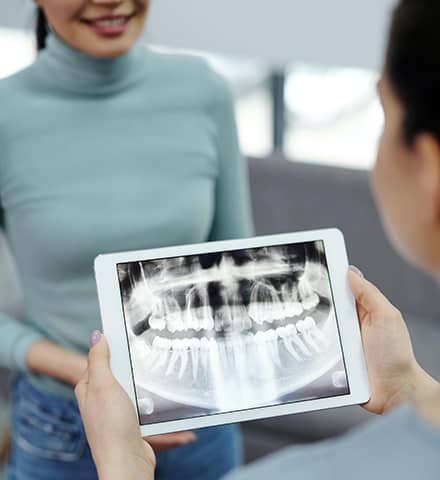
Table of Contents Click to jump to section
Before
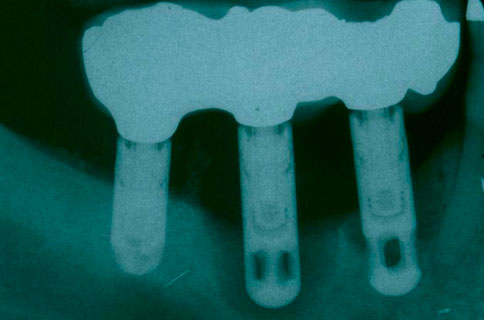
After
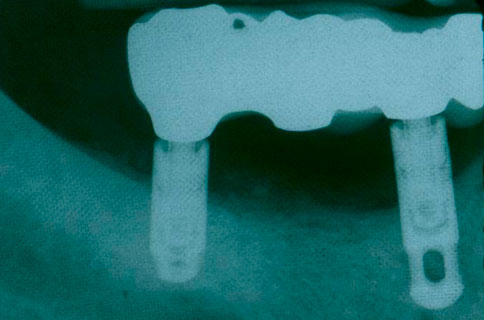
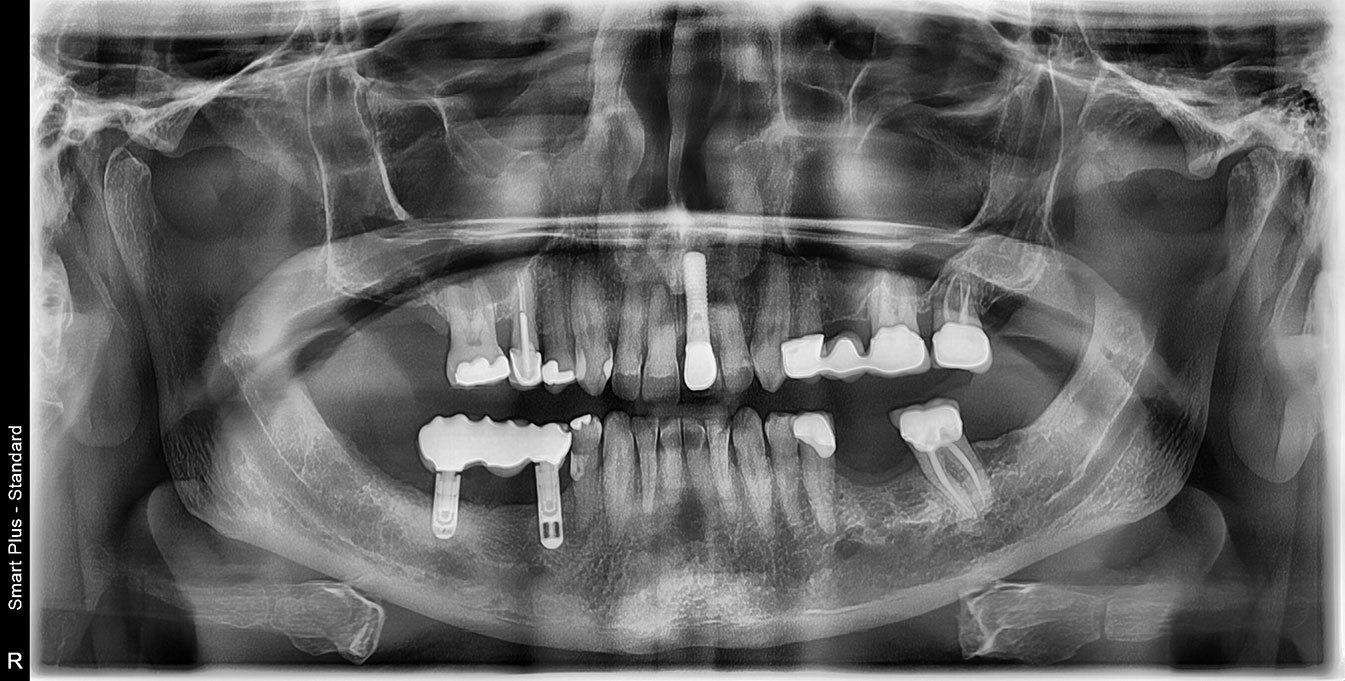
Condemned Implant Bridge Preservation Via Implant Decontamination/Bone Reconstruction.
At Boca Perio Implants, we offer advanced dental bone grafting and reconstruction1 procedures that not only enhance your smile but also optimize comfort, function, and aesthetics. Our experienced dentists specialize in bone grafting, a reliable and trusted procedure that replaces missing bony tissue and supports dental implants.
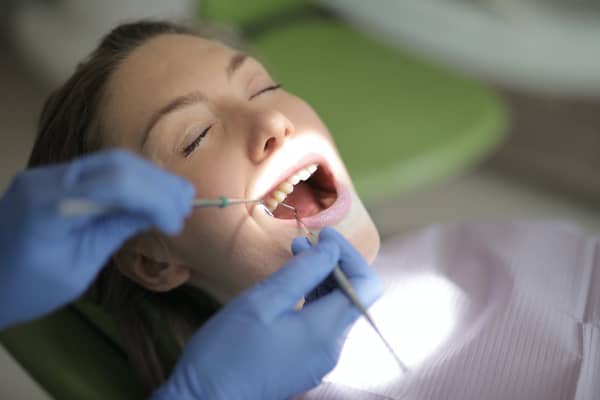
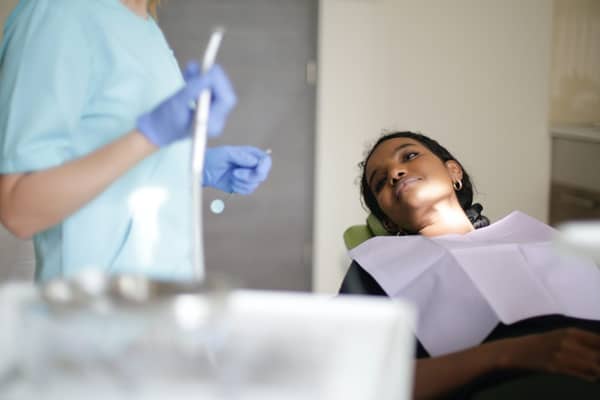
When your tooth is extracted, there will be a void in your bone where the tooth used to be. This void is called an extraction socket. A bone graft is a highly specialized material that fills the extraction socket. By using advanced techniques and premium dental bone graft material, our team can rebuild the jawbone, restore its strength, and create a stable foundation for dental implants or bridges. This process is vital for enhancing both the function and aesthetics of your smile.
High-quality bone graft materials will preserve the health and strength of your jaw bone, they will dissolve over time and allow your body to regenerate its own bone cells. They also preserve the integrity of your gums and lay the foundation for a functional and beautiful implant crown or bridge.
If you fall into any of the following categories, you may be an ideal candidate for bone reconstruction:
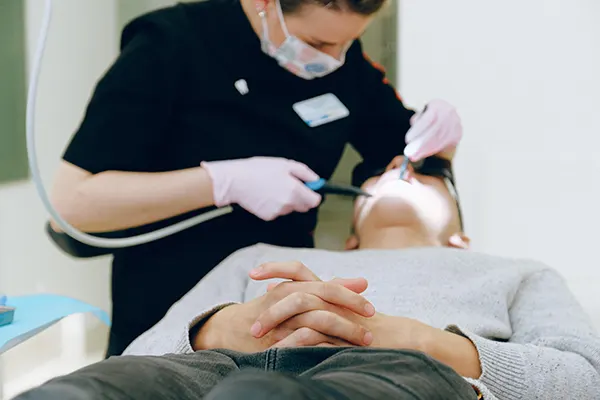
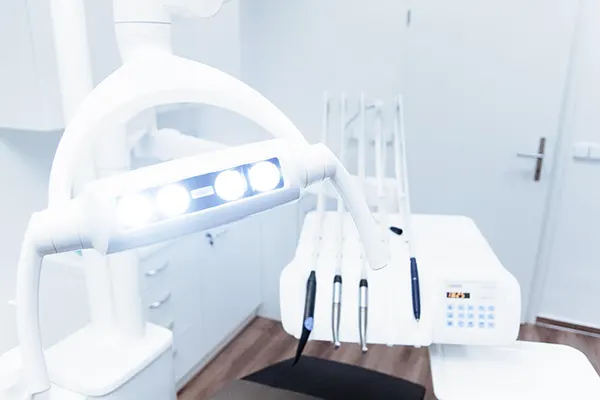
Bone reconstruction is suitable for individuals who experience specific dental conditions or situations that require the restoration of bone in the jaw. Benefits include:
Our dentists specialize in dental bone graft and reconstruction procedures, and have extensive training and experience in this field. Dr. Leichter has many decades of experience and is up to date with the latest advancements in dental bone reconstruction techniques and technology for optimal outcomes.
“Dr. Leichter takes his time with your visit and explains the procedures in detail until you are comfortable with his diagnoses and treatment care. His staff is down to earth, warm and highly accommodating.” – Guy, Boca Perio Implants’ patient.
We serve patients throughout Boca Raton, West Palm Beach, Pompano Beach, Lake Worth, Boynton Beach, and Delray Beach with many patients traveling from out of town for dental care. We understand that every patient is unique, and we provide personalized treatment plans tailored to your specific needs and goals. Give us a call to schedule a consultation for dental bone reconstruction and to learn more about how we can help improve your smile!
Where do you get the bone for bone reconstruction?
There are four choices for bone grafts, each with its own source:
During your consultation at Boca Perio Implants, our skilled team will discuss the different graft choices and help determine the most suitable option for your specific needs. We prioritize safety, effectiveness, and patient satisfaction when selecting the appropriate bone grafting material for your dental reconstruction procedure.
How long do dental bone grafts take to heal?
The healing time for dental bone grafts can vary depending on several factors, including the extent of the graft, your overall health, and the location of the graft site. In general, it takes several months for the bone graft to integrate with your natural bone fully. During this period, new bone cells gradually replace the graft material, creating a strong foundation for dental implants or other restorative treatments.
Is dental bone grafting painful?
At Boca Perio Implants, we prioritize your comfort throughout the dental bone grafting process. During the procedure, local anesthesia is administered to numb the treatment area, ensuring a pain-free experience. After the surgery, you may experience some discomfort, which can be managed with prescribed pain medication. Our team will provide detailed post-operative instructions to help you manage any discomfort and promote a smooth recovery.
How long does dental bone graft swelling last?
Swelling after a dental bone graft is normal, and is part of the body’s natural healing response. The duration and extent of swelling can vary from person to person. Typically, you can expect swelling to peak within the first 48 to 72 hours after the procedure and gradually subside over the following week. Applying cold compresses to the affected area as directed by our team can help minimize swelling and promote faster healing.
How much does dental grafting cost?
The cost of dental bone grafting can vary depending on factors such as the complexity of the procedure, the type of graft material used, and any additional treatments required. During your consultation at Boca Perio Implants, our team will assess your specific needs and provide you with a detailed treatment plan, including a breakdown of the associated costs. We strive to offer competitive pricing and flexible payment options to make dental grafting affordable for our patients.
What to expect after a dental bone graft?
After a dental bone graft, it is normal to experience some swelling, discomfort, and mild bleeding. Our team will provide you with specific post-operative instructions to follow, which may include guidelines for oral hygiene, dietary restrictions, and medication usage. It is important to follow these instructions closely to promote proper healing and the success of the graft. Over time, you will notice gradual improvement as the bone graft integrates and strengthens, paving the way for further dental treatments.
What if I don’t get a bone graft?
After a tooth is extracted, the body will adjust and adapt to the missing-tooth site. These changes may affect your bone, gums, and adjacent teeth or crowns. Your bone may become too narrow for a dental implant, too short for an attractive bridge, atrophied, and weaker. Your gums may recede away from your tooth roots and become thin or compromised. And, your teeth or crowns may shift or tilt out of alignment, become sensitive if recession occurs, or accumulate decay in hard-to-brush areas.
1 E J Bieber, M B Wood. Bone reconstruction. Available:https://pubmed.ncbi.nlm.nih.gov/3533376/.
2 Andreas Sakkas, Frank Wilde, Marcus Heufelder, Karsten Winter, and Alexander Schramm. Autogenous bone grafts in oral implantology—is it still a “gold standard”? A consecutive review of 279 patients with 456 clinical procedures. Available: https://www.ncbi.nlm.nih.gov/pmc/articles/PMC5453915/.
3 3 C. Thomas Vangsness, Jr., MD. Allografts: Graft sterilization and tissue banking safety issues graft sterilization and tissue banking safety issues. Available: https://www.ncbi.nlm.nih.gov/pmc/articles/PMC7310937/.
4 E Kemp, C Hellerström. Xenografts. Available: https://pubmed.ncbi.nlm.nih.gov/7997370/.
5 Wojciech Satora, Aleksandra Królikowska, Andrzej Czamara, Paweł Reichert. Synthetic grafts in the treatment of ruptured anterior cruciate ligament of the knee joint. Available: https://pubmed.ncbi.nlm.nih.gov/29160630/.
Contact Boca Perio Implants, committed to serve all communities around West Palm Beach, Boca Raton, Pompano Beach, Lake Worth, Boynton Beach and Delray Beach!